JT Grommet Island Playground (Courtesy of Landscape Structures Inc.)
The world as we know it is an extremely diverse place. Our parks and the playgrounds can be a microcosm of the world and are often the first place where children have the chance to get a taste of the world beyond their own backyard. But do our parks really provide a “snapshot” experience of the great world?
Several years ago the National Recreation and Park Association (NRPA) defined how their three pillars (Conservation, Health and Wellness, Social Equity) can impact communities. Our local parks and recreation areas are in a unique position to impact the challenges of obesity and nature deficit disorder while protecting and conserving public lands and creating communities where businesses want to find a home, thus building a thriving economy.
Of the three pillars, social equity seems to be the key to all three pillars. NRPA defines social equity as “universal access to public parks and recreation are a right, not just a privilege.” If universal access does not happen, then some cannot access the health and wellness benefits found in the park nor can they gain an appreciation for the nature that is located in that park. It is hard to fight to conserve something that one cannot access. So, reaching social equity is important to making our parks accessible to all on every level.
There are many different groups in society who struggle to be included in our parks and recreation spaces. One group, in particular, is those with disabilities. It is globally recognized that roughly 20% of the world population has some type of condition that impacts their ability to engage in daily life activities. The World Health Organization defines disability as “a complex interaction between the features of a person’s body and features of the environment and society in which he or she lives.” So, how do we make sure that social equity can happen for this population group? One way is to embrace the concepts of universal design throughout our parks and recreation areas so that these spaces are “enabling” instead of “disabling” to these individuals, their friends, and family.
What is universal design?
The most common definition of universal design comes from Ron Mace (1985): “The design of products and environments to be usable by all people, to the greatest extent possible, without the need for adaptation or specialized design.” The focus is on good design that allows for human diversity, social inclusion, and equality for all who might come to the park without the need for adaptation or specialized design. This takes some dialogue with individuals of varying abilities to be sure that designs meet the needs of all who would use the park, its facilities, and programs.
There are seven Principles of Universal Design which are stated in Table 1. These principles were developed to better communicate the scope of how universal design concepts could be implemented in assorted settings. More recently the Center for Inclusive Design and Environmental Access (IDeA Center) has developed the eight goals of universal design which can be found in Table 2. The seven principles are used to reach the eight goals. The first four goals (goals 1-4) focus on human performance areas. The last 3 goals (goals 6-8) focus on social participation. The middle goal of wellness (goal 5) bridges human performance and social participation. When the principles and goals are combined, they provide a strong guide to creating designs that enable everyone to engage in the environment.
Table 1. Universal Design Principles |
|
| PRINCIPLE ONE: Equitable Use | The design is useful and marketable to people with diverse abilities. |
| PRINCIPLE TWO: Flexibility in Use | The design accommodates a wide range of individual preferences and abilities. |
| PRINCIPLE THREE: Simple and Intuitive Use | Use of the design is easy to understand, regardless of the user’s experience, knowledge, language skills, or current concentration level. |
| PRINCIPLE FOUR: Perceptible Information | The design communicates necessary information effectively to the user, regardless of ambient conditions or the user’s sensory abilities |
| PRINCIPLE FIVE: Tolerance for Error | The design minimizes hazards and the adverse consequences of accidental or unintended actions. |
| PRINCIPLE SIX: Low Physical Effort | The design can be used efficiently and comfortably and with a minimum of fatigue. |
| PRINCIPLE SEVEN: Size and Space for Approach and Use | Appropriate size and space is provided for approach, reach, manipulation, and use regardless of user’s body size, posture, or mobility. |
| (Source: Center for Universal Design, North Carolina State University) | |
Table 2. The Goals of Universal Design |
|
| 1. BODY FIT | Accommodating a wide range of body sizes and abilities |
| 2. COMFORT | Keeping demands within desirable limits of body function |
| 3. AWARENESS | Ensuring that critical information for use is easily perceived |
| 4. UNDERSTANDING | Making methods of operation and use intuitive, clear, and unambiguous |
| 5. WELLNESS | Contributing to health promotion, avoidance of disease, and prevention of injury |
| 6. SOCIAL INTEGRATION | Treating all groups with dignity and respect |
| 7. PERSONALIZATION | Incorporating opportunities for choice and the expression of individual preferences |
| 8. CULTURAL APPROPRIATENESS |
Respecting and reinforcing cultural values and the social and environmental context of any design project
|
| (Source: Center for Inclusive Design and Environmental Access: SUNY Buffalo) | |
Why embrace universal design?
Universal design is a better overall design that benefits everyone regardless of condition. Since it considers people of all ages and abilities, using the concepts of universal design benefits everyone who uses the park. The use of universal design concepts does not mean that all the fun and risk of a park and playground are taken away; it means that design considers the needs of all visitors to create a place where all can play and grow together.
If the concepts are used from the very beginning of a design concept, it can help reduce the cost associated with changing a design after the fact. For example, instead of leveling the topography of a proposed park, the topography can be used to create access to height through natural hills and slopes. The use of gradual natural paths can be less expensive than a series of ramps to gain height in a playground.
It may be a bit of a challenge to design around the mature trees in a park, but there are many gains to keeping them. They provide natural shade and cooling, and they add to the sensory experience of the playground through their bark, seeds, and leaves. Children can also learn all about these natural elements and come to value them as benefits to their park and community, supporting conservation.
Universally designed spaces enable a broad group of users to come and play at the park, and this brings dollars into the community. According to the U.S. Department of Labor, individuals with disabilities are a growing market who spend 175 billion dollars in discretionary funds each year. This is more than four times the spending power of teens (a group that is often a target demographic for marketing). If you design your park with universal design in mind and market this fact, you are more likely to draw a broader range of users to your park. Research also shows that those who have disabilities are very loyal customers who are very social savvy. If you do it right, they will market your park and programs better than you ever could and they will do it for free.
Ultimately, if your park embraces universal design concepts, your park is more likely to improve human performance, health and wellness, and social engagement of all visitors. They will lovingly use your location and services.
So, how do you make universal design happen?
The process is not much different from any park or playground design project. The main thing is to get a sense of what people want and need. From a universal design standpoint, this means getting individuals with disabilities and organizations that work with them involved in the whole design process from the beginning to the very end. Next, explore your region to see if there are designers who use universal design principles and concepts in their designs. The rest of the process really should not be any different than any other design project your park has gone through; you are just working with a broader view, thanks to the participation of these individuals.
What can universal design look like in our parks and playgrounds?
When designing an environment like a park with multiple features, it is important that universal design concepts are applied to all areas. With this in mind, let’s look at how universal design applies to the major components of a park, namely the facilities, playground/ball fields, and programming.
Facilities
Facilities include any component of the park that supports the main activity of visiting the park. This includes parking areas, public pathways, restrooms, public buildings, and pools/water areas. While every principle should be considered in these areas, there are some key principles that should be applied in these areas. One is Size and Space for Approach and Use. This principle focuses on having enough space to do the activities that should be done in these areas. So this is what it might look like:
- Parking: Instead of having the required ADA parking spaces (minimum), this park exceeds the ADA required parking spaces. Moreover, based on discussions with different groups of individuals with disabilities who use the park, accessible parking is scattered throughout the park, located near the activity areas where inclusive play happens. This results in different access points in the park that can be used by all visitors.
- Pathways: Main paths from the parking lots leading to major activity areas, like buildings with activities and restrooms, ball fields, and playgrounds, exceed ADA width guidelines. These wider pathways allow for easier group access for all visitors while accommodating multiple wheeled devices like wheelchairs and strollers.
- Restrooms: This is one area of your park that should really be planned with individuals with disabilities at the design table. If they cannot access these in a comfortable way, they will not come and use your park. The well-designed park will include restrooms in close proximity to ball fields and playgrounds. These restrooms will include at least one family restroom that is large enough to include a full-size changing table (see photo above). This mat table can accommodate a full-size adult. This enables adults with disabilities to stay longer at the park since they have the restroom supports that they need.
- Public buildings: These might include community centers located within the park. All the principles of universal design should be considered in these buildings. Application of the principle of Size and Space for Approach and Use may include wider doorways into locker rooms and roll-in showers to accommodate users of varying abilities.
- Pools/water areas: Access to pools can be a huge benefit for individuals with different disabilities. Water can be very therapeutic for those with a variety of medical conditions, so when designing a new pool or renovating a pool, consideration should be given to creating inclusive access points. ADA requires a transfer lift, but universal design expands options to zero entry design that allows visitors to walk or roll into the pool. This creates a more flexible water entry option that everyone can choose to use to get into the pool.
For natural water features like a public lake or beach access, consider a variety of roll-up access mats and accessible beach chairs that can be used to take an individual with a disability into the water.
Public lake/beach access might also include fishing access. Again, universal design principles can be applied to create fishing docks and access points that enable every visitor to fish to their heart’s content.
Playgrounds
It is very important to apply universal design concepts to the playground. This allows children of all abilities to play with each other at very young ages. It also enables multi-generational play between children, parents, and grandparents. It is important to remember that the person with the disability might actually be the parent or grandparent who is bringing a child who is typically developing to the playground.
The nice thing about universal design is that one design feature can actually incorporate several principles and goals at once. For example, the use of a double-wide ramp on a playground structure incorporates the principles of Equitable Use as well as Size and Space for Approach and Use. The extra width of the ramp allows any group of children to travel side by side in a group whether they used a mobility device or not. This simple size change reaches the universal design goals of comfort and social integration.
A collection of different types of swings is a good application of the principle Flexibility in Use as well as Simple and Intuitive Use. The variety of swing types allows each visitor to find the swing that best fits their skills and desire for movement. The universal design goals of personalization, comfort, and body fit are reached through this collection of swings.
One principle that particularly focuses on making sure that designs allow children to engage in play without fear of injury is Tolerance for Error. Playgrounds should have an element of risk for all children, but obvious sources of injury should be reduced. One area of obvious injury that can be found on many playgrounds is around roll-up sand tables. Often these roll-up sand tables are positioned by a larger sandbox space where children using a wheelchair can roll up on one side of the sand area while their friends can access sand from the other side of the table located in the sandbox. It is easy to see in the photo (below) how the wheelchair user falls into the sand table because the concrete surfacing does not extend far enough under the sand table to support the front wheels of the wheelchair. Designing this area with tolerance for error in mind, concrete surfacing would have extended under the table to the concrete support poles. In this way, someone rolling up to the table on the surfacing is fully supported while they play in the sand.
These are just a few examples of how universal design concepts can be applied to the playground.
Programs
Just a few words about the programs that your park might offer, whether these are summer camps, sports programs, or after school programs: consider including individuals of varying abilities in their design and implementation. This will help you to create programs that are creative and engaging for all visitors. Educate your summer camps’ staff on the topics of inclusion and universal design for learning principles that enable your staff to fully support visitors of all abilities.
Conclusions
The possibility of universal access to parks and playgrounds is open to all. The principles and goals of universal design can be used to help us create community places that are enjoyable to all visitors if we just take the time to use them. In combination with discussions with individuals of all abilities, we can design fun, engaging parks and playgrounds where we can all play, learn, and grow together!

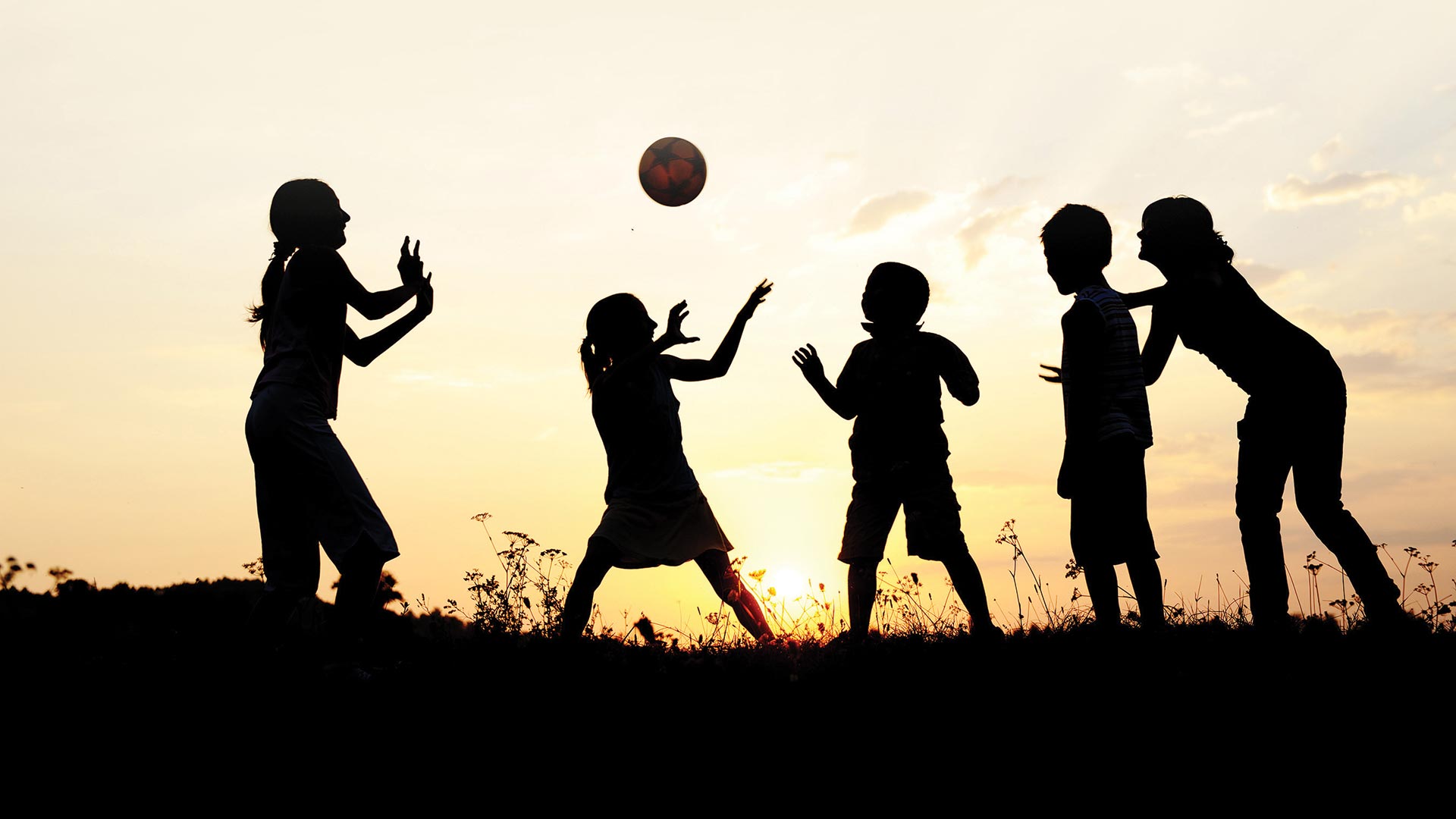

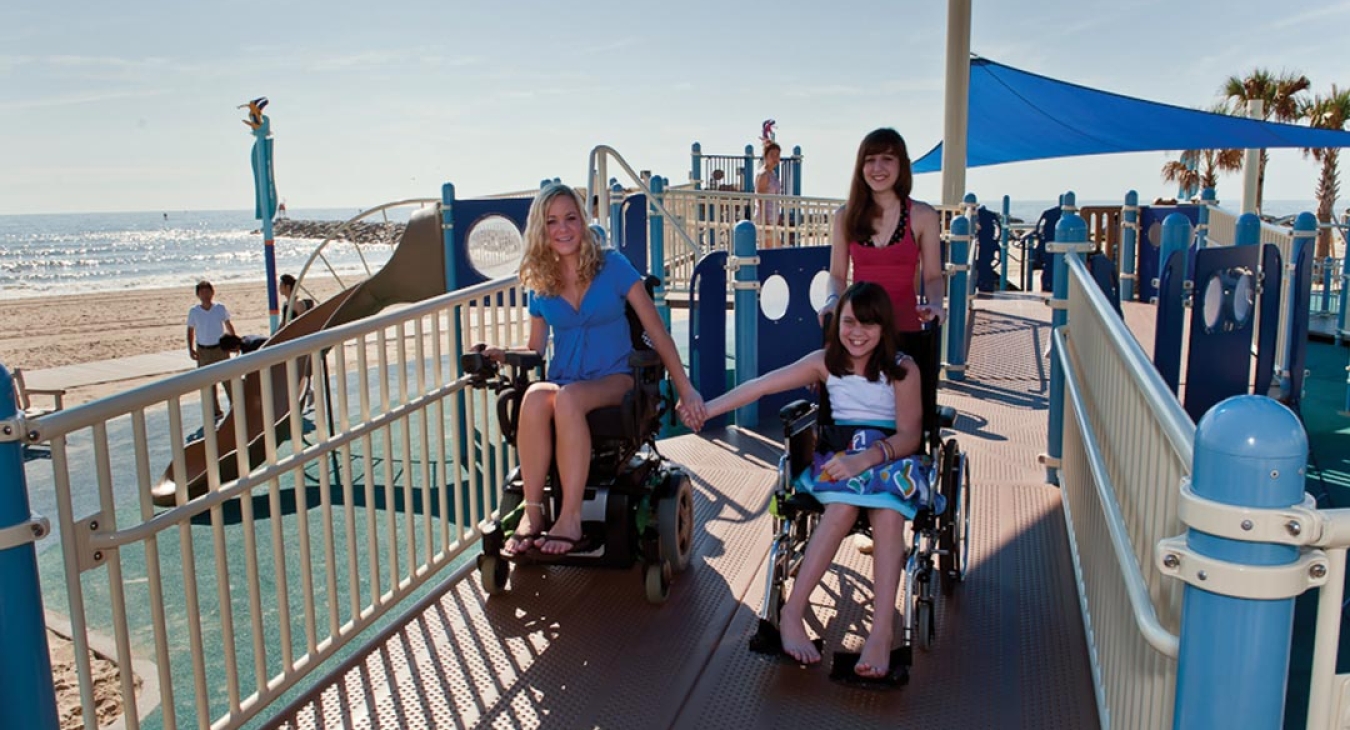
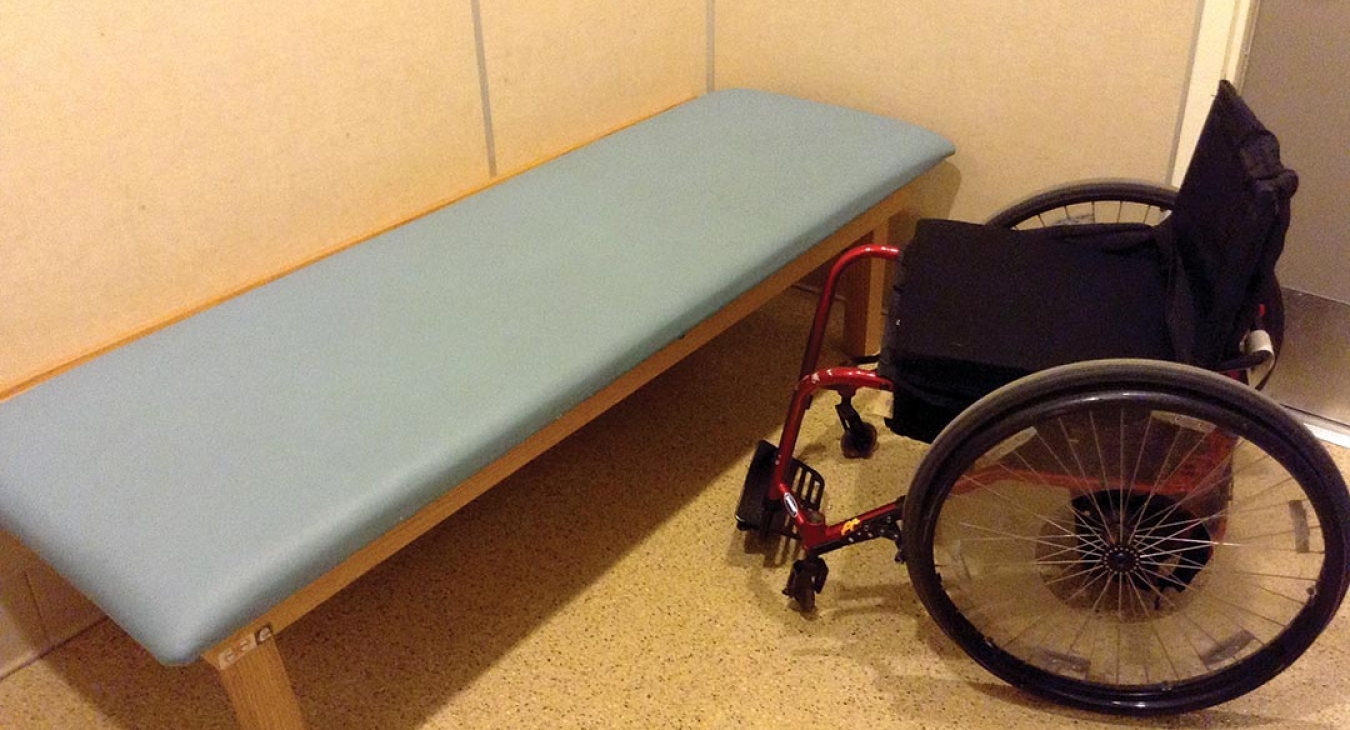
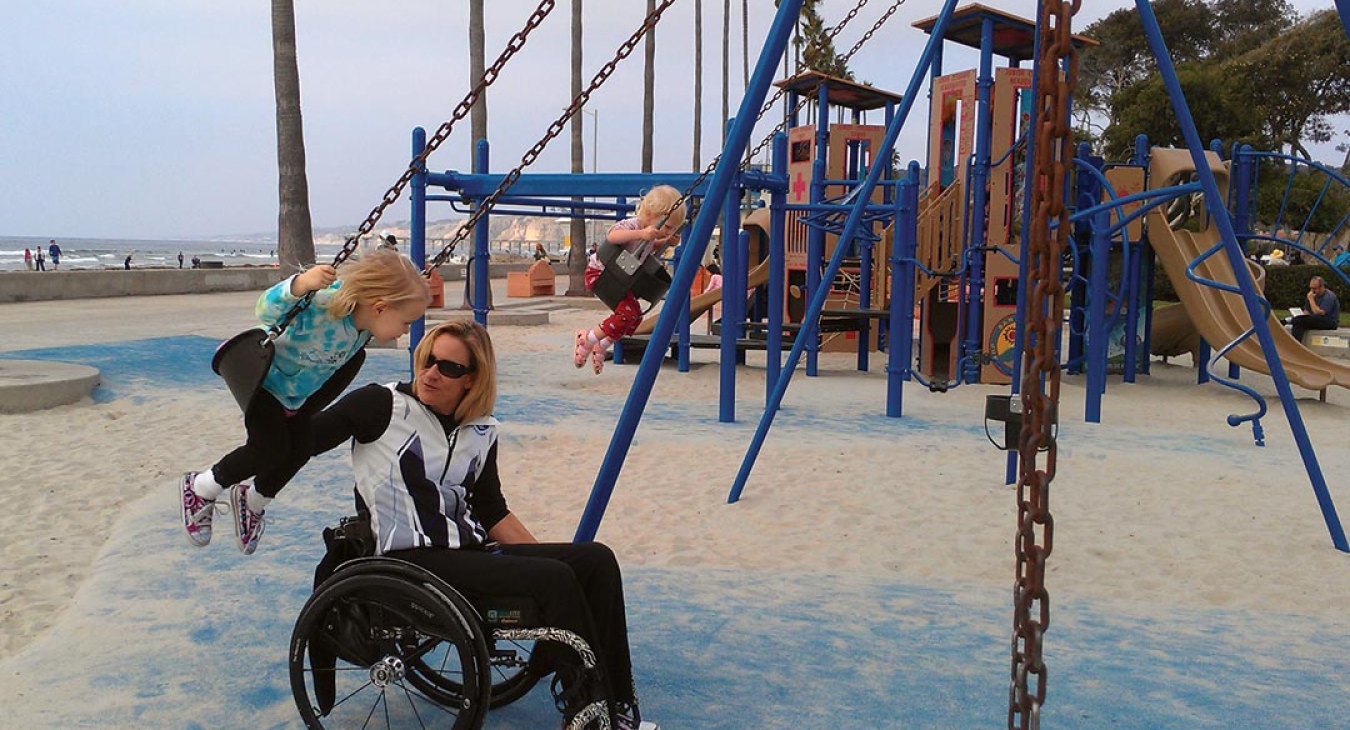
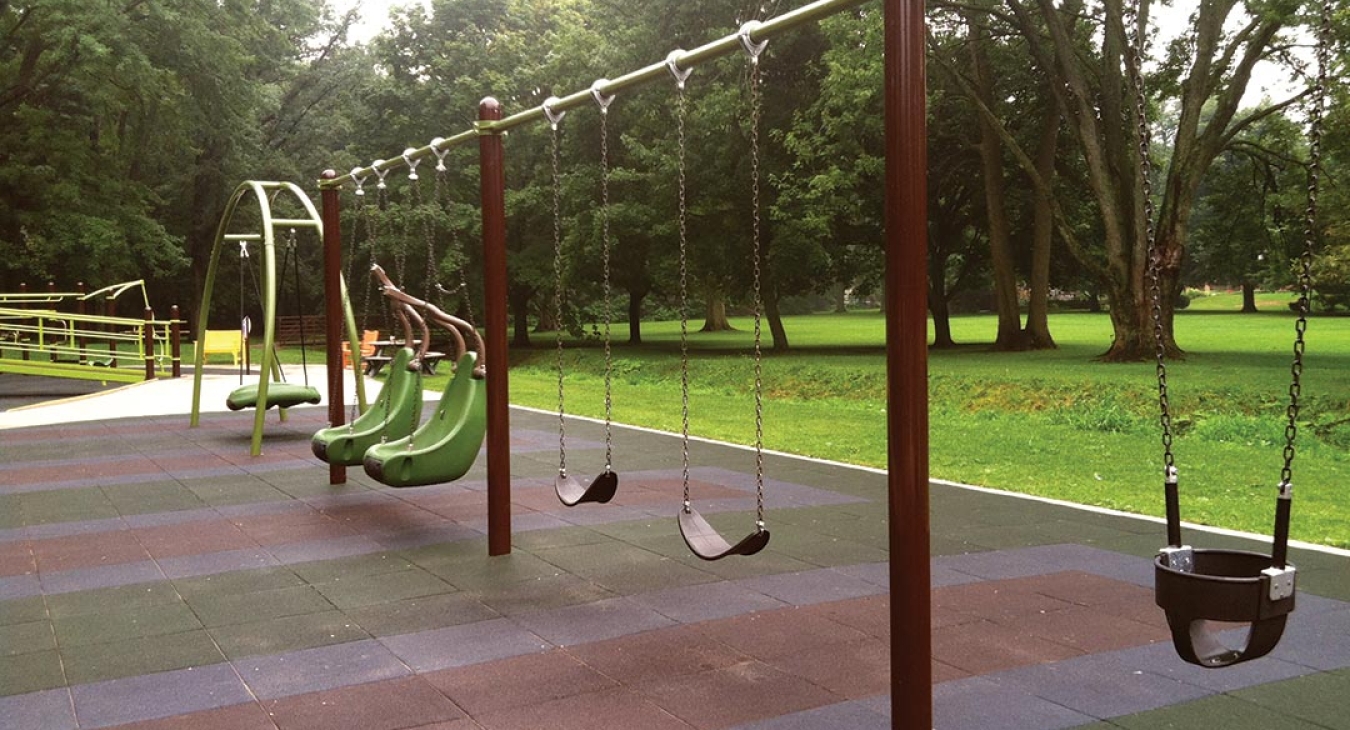
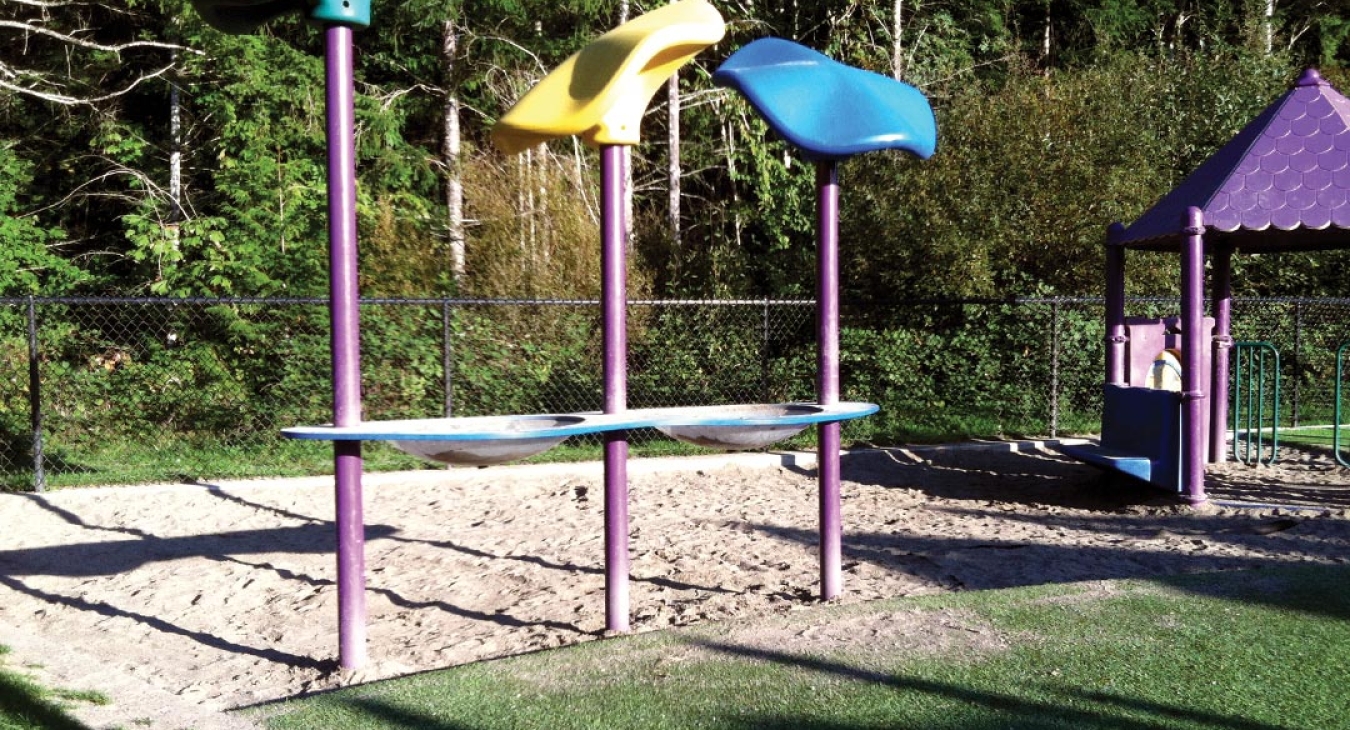
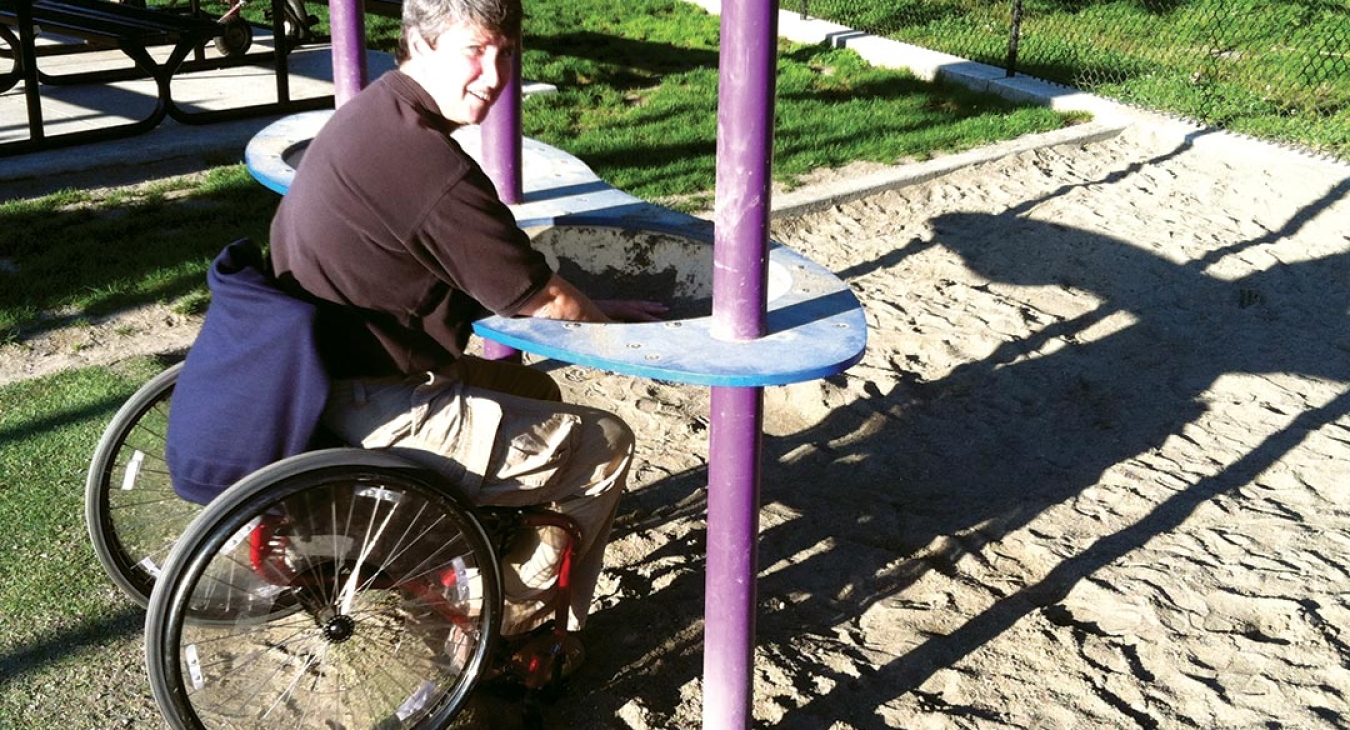
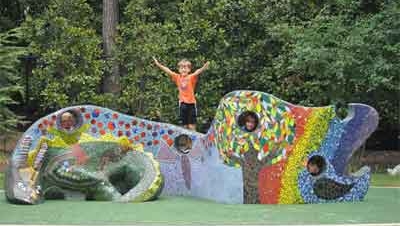
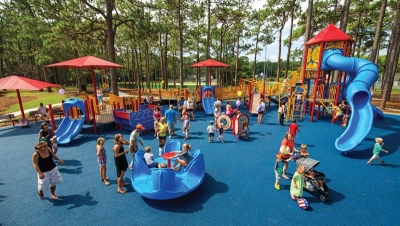
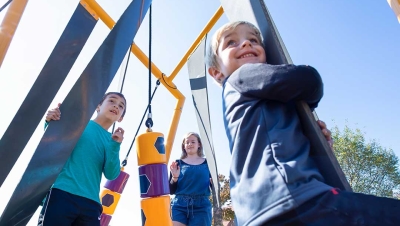
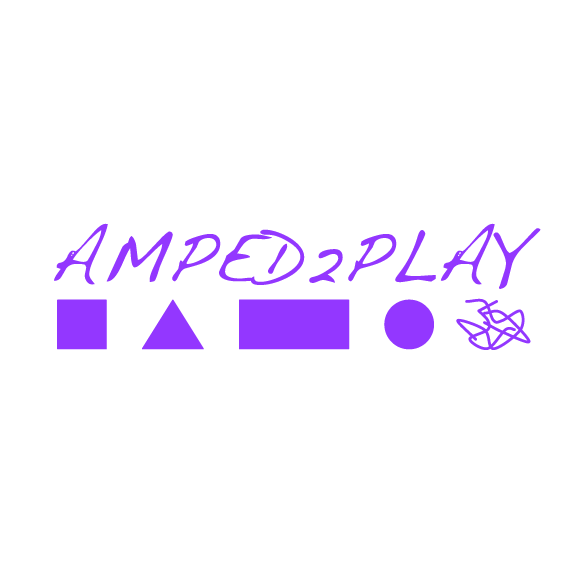

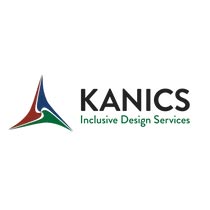


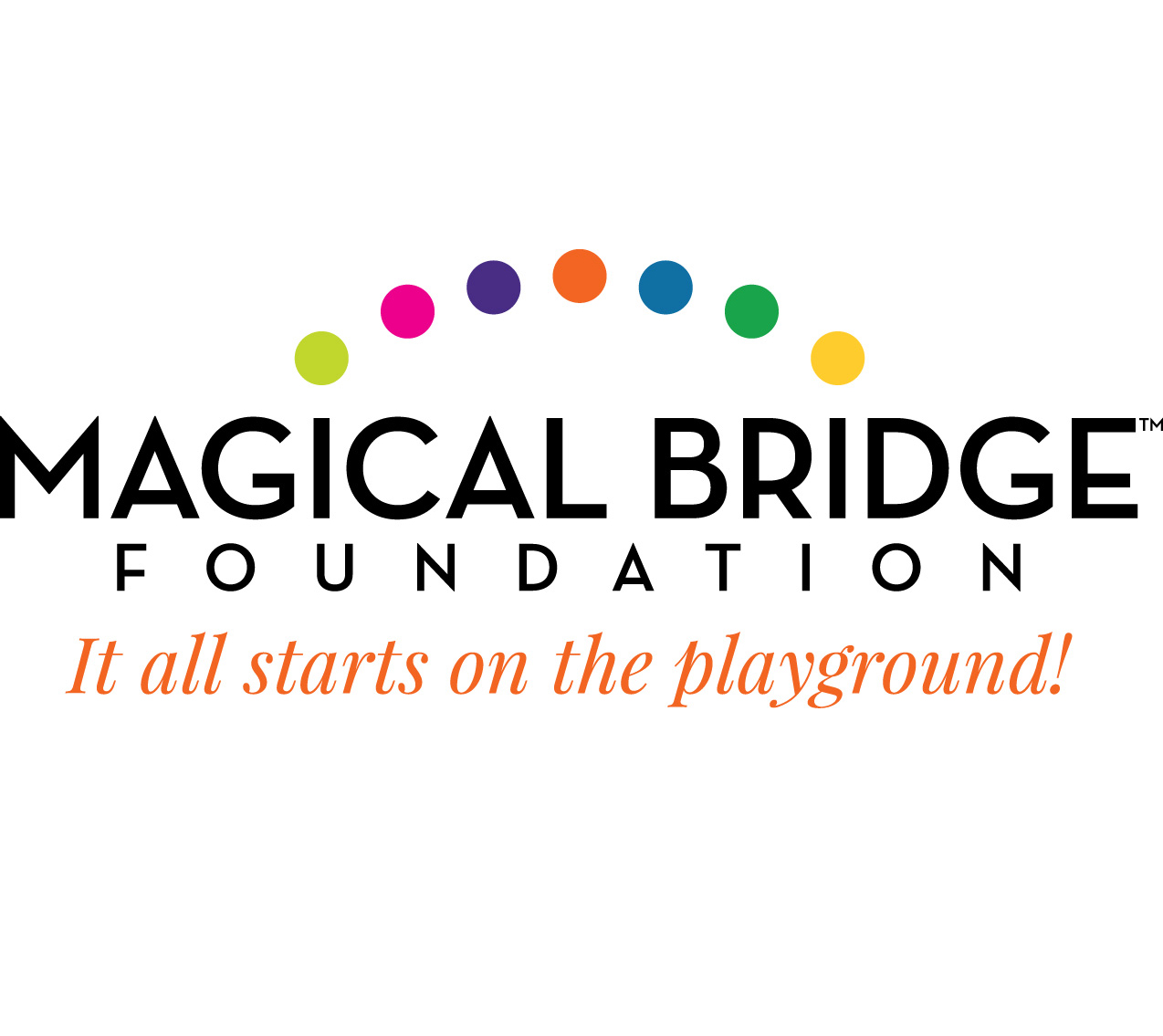

Universal Design for Fitness
Thank you for your article. You provided specific examples that helped to clarify what I am reading in my text for the certification exam. Thanks Playground Professionals. Kak
Add new comment